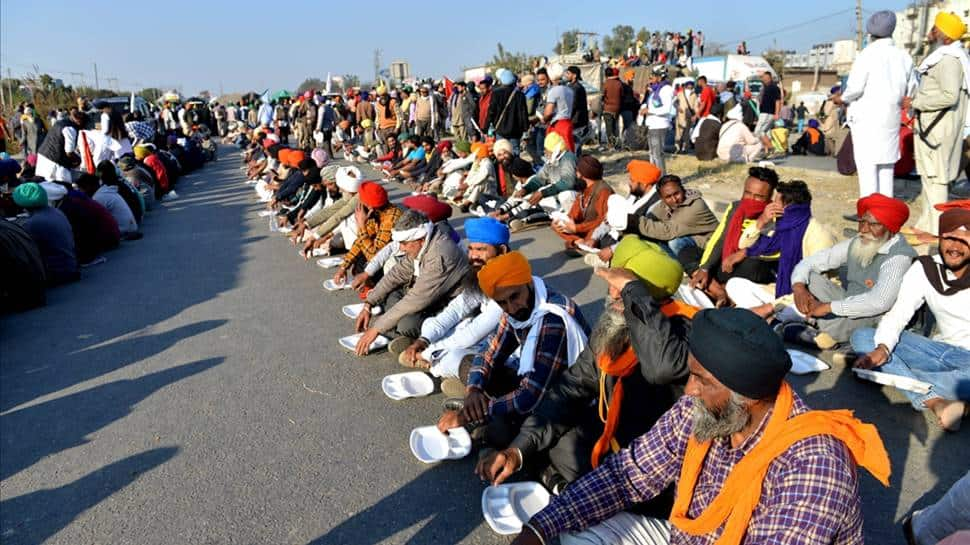prasad1
Active member
Over the last week many of you have asked me to write on this particular topic. One gentleman even suggested on Twitter, perhaps sarcastically, that I was slacking. (I guess after this 3,800 word piece, he will clearly not say that).
Well, I wasn’t slacking. This is a complicated topic with multiple issues and because of that I was trying to read as much as I could, before offering my views on the issue. (Also, I might be writing more on the issue in the days to come).
What do the Bills which have been passed by the Parliament seek to achieve?
Yesterday, the Rajya Sabha passed two out of the three Bills being referred to as the Farm Bills. These two Bills are the Farmers’ Produce Trade and Commerce (Promotion and Facilitation) Bill, 2020, and the Farmers (Empowerment and Protection) Agreement on Price Assurance and Farm Services Bill, 2020.
The Lok Sabha had already passed these Bills. There was some ruckus in the Rajya Sabha where the Bill was passed through a voice vote.
The Farmers’ Produce Trade and Commerce (Promotion and Facilitation) Bill, 2020, allows the farmers to sell their produce outside the Agricultural Produce Market Committee (APMC) regulated markets. The APMCs are government controlled marketing yards or mandis.
This law allows farmers to sell their produce to cold storages, warehouses, processing plants or even directly to the end consumer (you and I, restaurants, hotels etc.) The state government is not allowed from levying any market fee, cess or any other levy in these other market places (or trade areas). In short, anything that the state government can do is limited to the physical area of the APMCs. The Bill allows intra-state trade and inter-state trade.
So, the farmers clearly have more choice on who they want to sell. But they are still unhappy about it? Why? This is a question that will get answered in the piece.
Now let’s take a look at the other Bill. The idea behind Farmers (Empowerment and Protection) Agreement on Price Assurance and Farm Services Bill, 2020, is essentially to create a framework for contract farming. This needs an agreement between the farmer and a buyer, before the production happens.
Of course, this hasn’t gone down well with the farmers either.
)
 www.firstpost.com
www.firstpost.com
Well, I wasn’t slacking. This is a complicated topic with multiple issues and because of that I was trying to read as much as I could, before offering my views on the issue. (Also, I might be writing more on the issue in the days to come).
What do the Bills which have been passed by the Parliament seek to achieve?
Yesterday, the Rajya Sabha passed two out of the three Bills being referred to as the Farm Bills. These two Bills are the Farmers’ Produce Trade and Commerce (Promotion and Facilitation) Bill, 2020, and the Farmers (Empowerment and Protection) Agreement on Price Assurance and Farm Services Bill, 2020.
The Lok Sabha had already passed these Bills. There was some ruckus in the Rajya Sabha where the Bill was passed through a voice vote.
The Farmers’ Produce Trade and Commerce (Promotion and Facilitation) Bill, 2020, allows the farmers to sell their produce outside the Agricultural Produce Market Committee (APMC) regulated markets. The APMCs are government controlled marketing yards or mandis.
This law allows farmers to sell their produce to cold storages, warehouses, processing plants or even directly to the end consumer (you and I, restaurants, hotels etc.) The state government is not allowed from levying any market fee, cess or any other levy in these other market places (or trade areas). In short, anything that the state government can do is limited to the physical area of the APMCs. The Bill allows intra-state trade and inter-state trade.
So, the farmers clearly have more choice on who they want to sell. But they are still unhappy about it? Why? This is a question that will get answered in the piece.
Now let’s take a look at the other Bill. The idea behind Farmers (Empowerment and Protection) Agreement on Price Assurance and Farm Services Bill, 2020, is essentially to create a framework for contract farming. This needs an agreement between the farmer and a buyer, before the production happens.
Of course, this hasn’t gone down well with the farmers either.
)
Why are farmers protesting against laws which will supposedly 'help them'? And why is no one talking about the details of implementation?
The fear among farmers is that the next step in the agriculture reform process will be the doing away of government procurement process as well as the MSP


